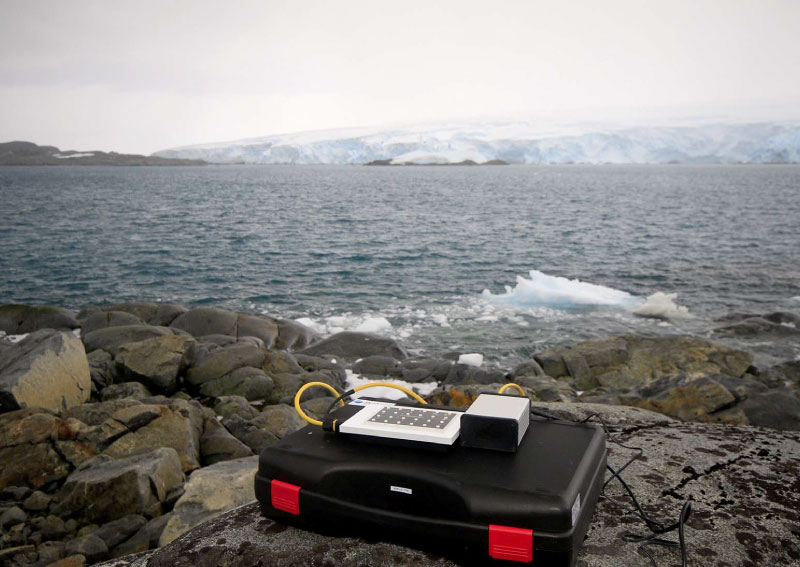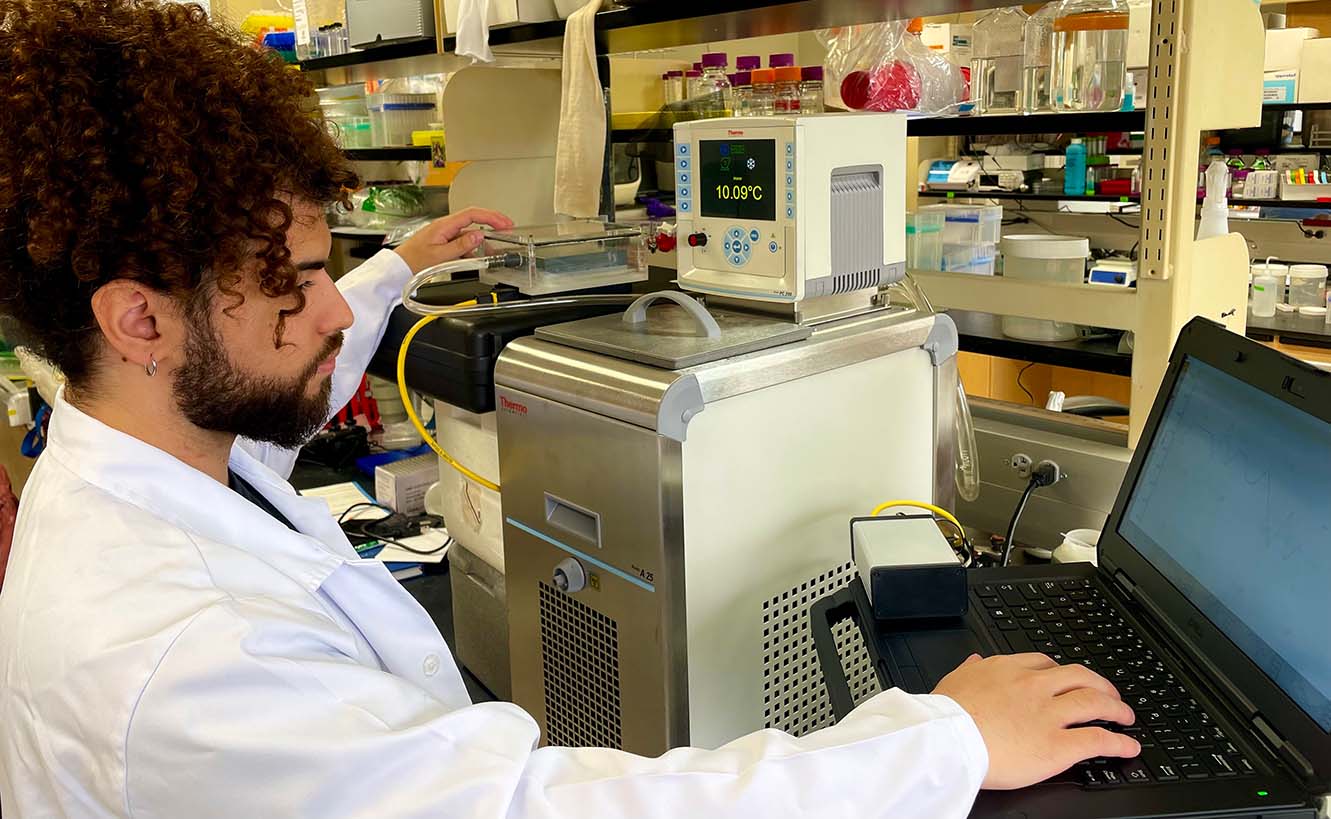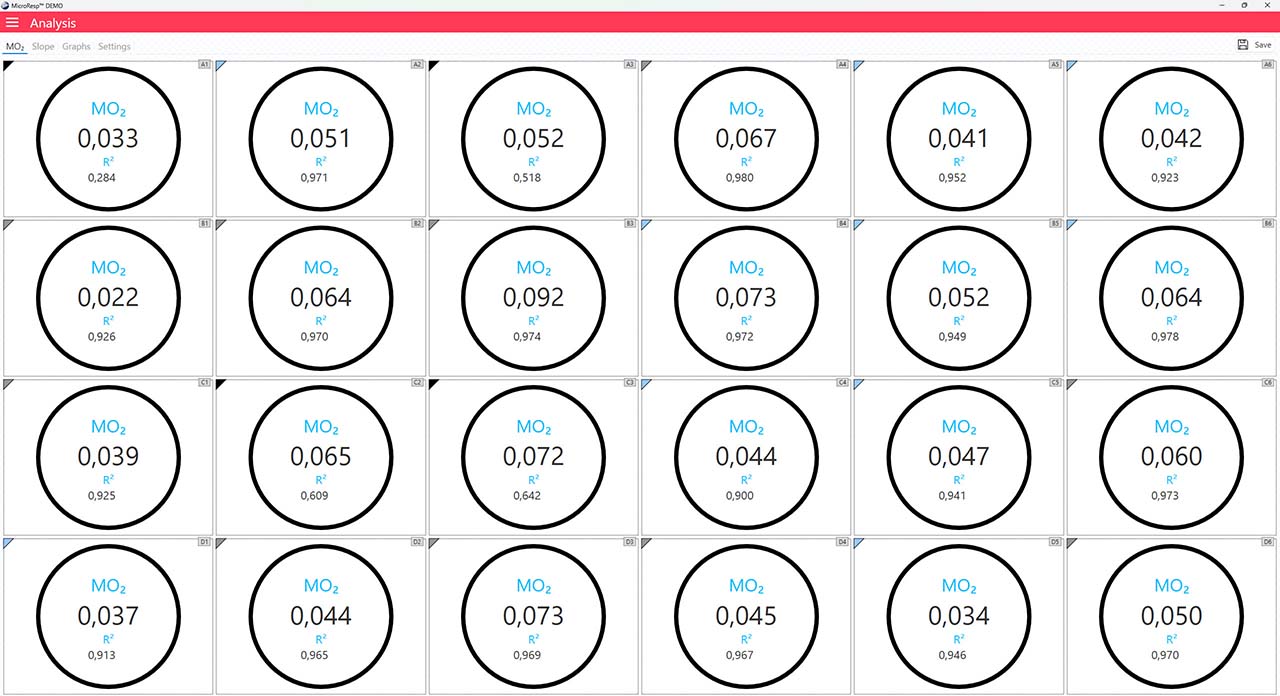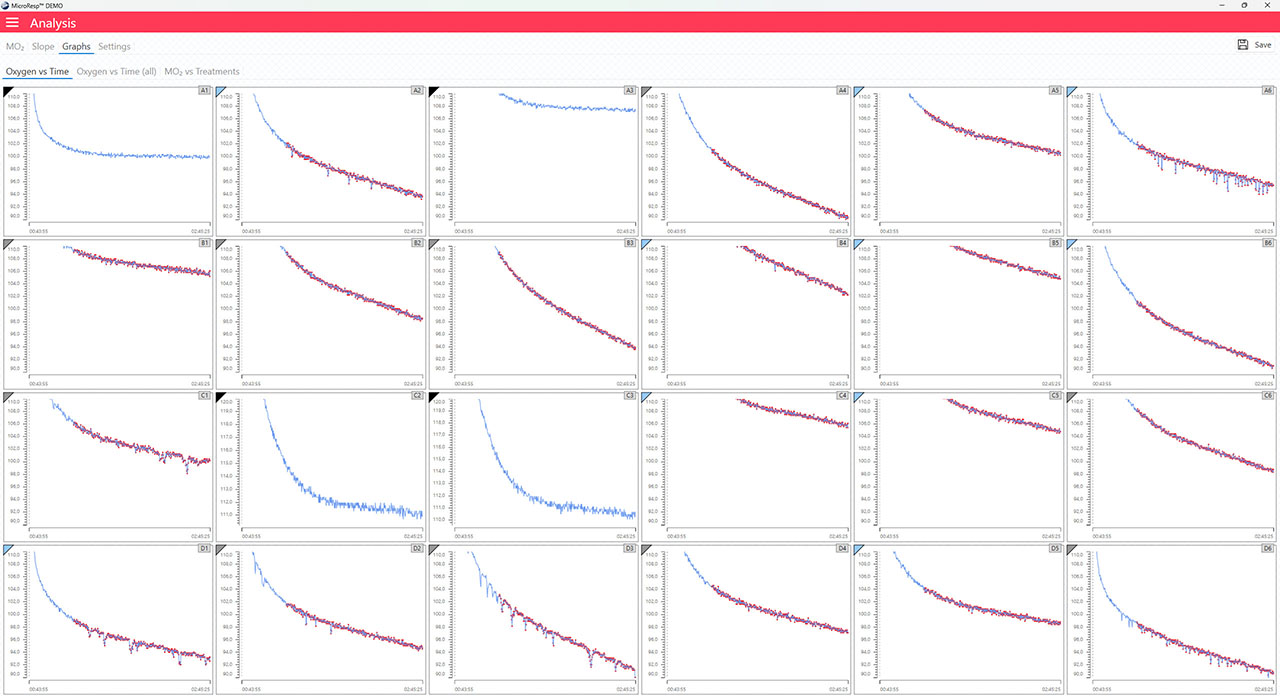Antarctic insect metabolism
Antarctic insect metabolism
Tue, Aug 22 2023

The microplate respirometry system just outside of Palmer Station, Antarctica.
Antarctica - In a bid to better understand how insects can adapt to extreme environments, a team of researchers has been studying the Antarctic midge, Belgica antarctica. The team, led by Nicholas Teets (Associate Professor, University of Kentucky), includes Jack Devlin (PhD Student, University of Kentucky), Cleverson de Sousa Lima (PhD Student, University of Kentucky), Yuta Kawarasaki (Associate Professor, Gustavus Adolophus College), JD Gantz (Assistant Professor, Hendrix College), and Vitror Pavinato, (Postdoctoral Associate, Ohio State University) is looking into the molecular and physiological processes mechanisms that underlie the insect's extreme stress tolerance and how it can survive in the harsh Antarctic conditions.
As part of their research, the team recently completed a field season in Antarctica cruising around the Antarctic Peninsula, where they collected terrestrial insects from various islands and conducted physiological experiments on the research vessel and station. One of the team's primary interests was how these insects manage to cope with the energetic challenges of stress.

Cleverson Lima using the microplate respirometry system with the MicroResp™ software. The microplate glass plate is placed inside an acrylic water bath (near Cleverson’s left hand), and a recirculating bath provides 10 °C water to run through the water bath to maintain a stable temperature.
Using the microplate respirometry system from Loligo® Systems, the team was able to measure real-time oxygen consumption rates in individual, terrestrial midge larvae following various environmental stresses – data that the team did not have the capacity to obtain in their past projects. Their new tool, the microplate respirometry system, thus allowed the researchers to measure metabolic rates in real-time, providing crucial data on how the insects are affected by different stressors.
MicroResp™ v1.1, the software that comes with the microplate system, supports real-time and time stamped MO2 calculations for air/gas as well as in water measurements.
One team member, Jack Devlin, was interested in the potential impact of microplastics contamination in Antarctica. Also using the microplate respirometry system, he studied whether exposure to microplastics caused any changes in metabolic rates. These research findings could prove vital in understanding the potential effects of microplastic pollution on the continent's delicate ecosystem.


MicroResp™ data example created by Jack Devlin of MO2 and Oxygen vs Time data graphs for each individual glass plate well containing Antarctic, terrestrial midge larvae. Blacks are blanks, grey is control group, and blue are insects exposed to a high concentration of microplastics. The humidity level was maintained by adding a piece of moist filter paper to each well.
The team is also comparing the stress tolerance and genome of Belgica antarctica to several close relatives to identify the key mechanisms that allow this insect to thrive in Antarctica. The study could provide a better understanding of how insects adapt to extreme environments and offer insights into the resilience of species in the face of changing environments.
If you are interested in learning more about this project or its team, you are welcome to contact Nicholas Teets (n.teets@uky.edu) or visit his website: Insect Stress Biology - Home (teetslab.com)